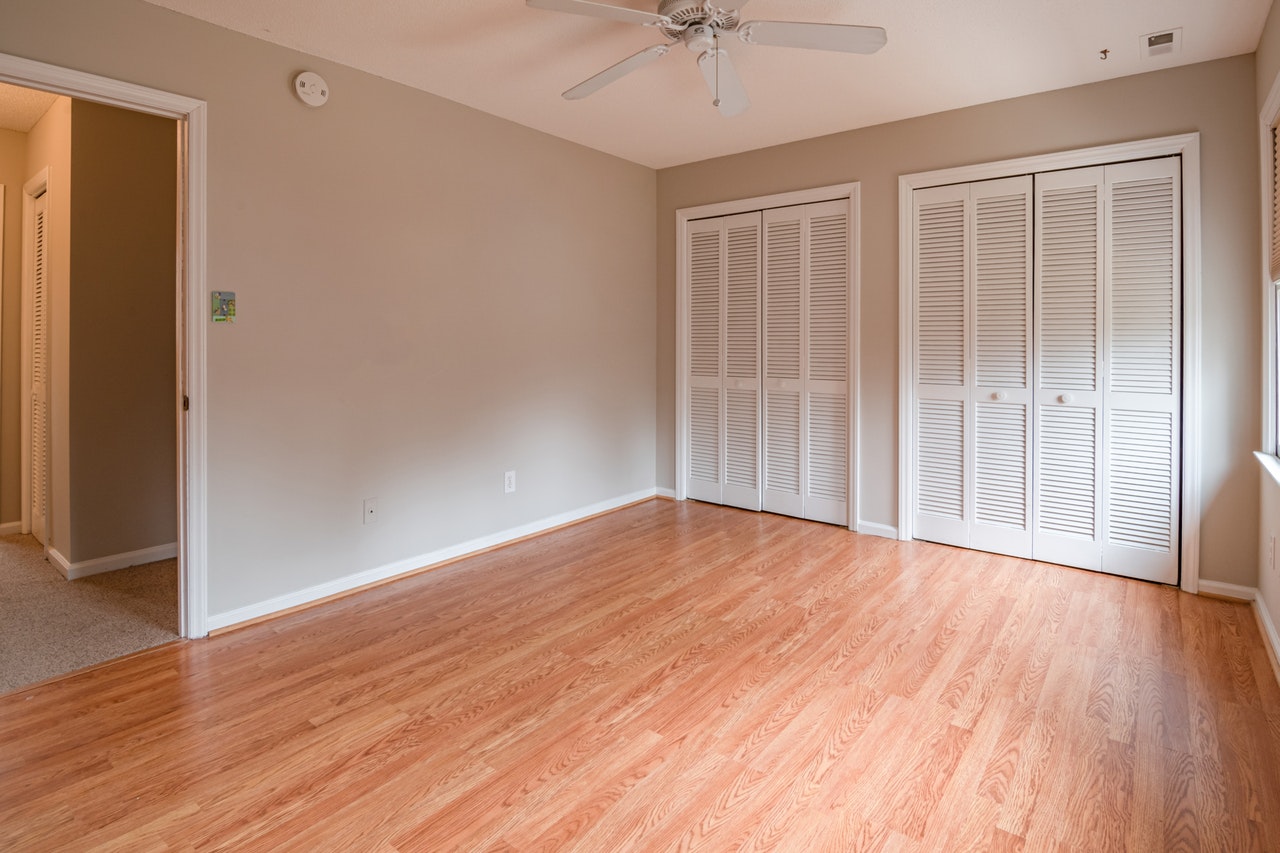When it comes to cleaning an unsealed hardwood floor, there are many options and it can be difficult to know the right one; but can you mop unsealed hardwood floors?
In our opinion, mopping unsealed hardwood flooring is not recommended. This is because the moisture can easily make its way underneath the flooring, leading to issues like cupping and mold.
So, if you can’t mop unsealed hardwood floors then how exactly do you clean them properly?
Why Moisture Is An Issue
The problem with mopping is that unless you ensure that all the water evaporates it is more than likely that some water will settle, eventually absorbing into the floor.
Water spills have the same effect, but why is this an issue?
When water is absorbed into hardwood it can cause the wood to increase in size. This increase is unnatural and not similar to that which happens each season with changing humidity.
For this reason, when the floorboards change size they do so at an alarming rate, which can cause cupping, where the edges of each floorboard are pushed upwards as they expand under the excess moisture.
Moisture also promotes the growth of mold and mildew which can cause long term structural damage and unpleasant smells.
The Role Of The Sealant
The sealant on a hardwood floor is the protective barrier between the wood itself and the world around it. This layer makes the wood not only waterproof but also resistant to scratches and scuff marks.
If you want to learn how to check if your floor is sealed or not, then read our handy guide here.
Without this layer, your floor is vulnerable to moisture damage as well as scratches from things like furniture.
How To Safely Clean Unsealed Hardwood Floors
If you can’t use a mop then what are the alternatives for cleaning unsealed hardwood? Take a look at our favorite methods below.
Vacuuming
An easy thing you can do to clean an unsealed hardwood floor is to vacuum to remove any dirt and debris that has settled on the surface.
This will help to maintain the floor and keep it safe from becoming marked or damaged. The key thing to remember here is to use a floor-friendly vacuum attachment to prevent scratches from the vacuum itself.
Most branded vacuums such as Dyson will come with such an attachment, just make sure you use it.
Coat With Oil
Coating an unsealed floor with oil is a great way to clean it whilst giving it a new lease of life.
We recommend natural oils like linseed which can be applied once every two to three months using a soft rag. Always follow the instructions on the label though as this can vary between different manufacturers.
Once applied you can use a dry mop to buff any remaining oil off the surface, removing grime and dirt whilst doing so.
What About Damp Mopping?
A lot of articles will advise damp or dry mopping as a way to get around cleaning an unsealed hardwood floor, but we recommend against it.
Any water content that you introduce to an unsealed wooden surface will begin to absorb into the wood almost immediately. It doesn’t matter if you have a vinegar solution to promote evaporation, it is still very risky to do.
This is why we encourage anyone to keep an unsealed floor as clean as you can -using the methods above – until you are in a position to have your floor sealed correctly.
Protecting Unsealed Hardwood Floors
As well as knowing how to clean an unsealed hardwood floor, it is also crucial to understand how to keep them protected – remembering that the end goal is to get the surface sealed as soon as possible.
Take Extra Care With Spills
Any spills, whether that is water or other fluids, need to be cleaned up as soon as they occur.
Unsealed hardwood is highly susceptible to fluids so it is crucial that whenever you spill something you clear it up as soon as you can. The easiest way to do this is to use a dry paper towel or cloth to blot the spill.
Vacuum Regularly
A regular vacuuming routine becomes that much more crucial with unsealed hardwood floors. Dust and debris can easily cause staining or damage if left to settle for long periods of time, and the only way to prevent this is by vacuuming.
We recommend vacuuming at least twice per week and ideally more frequently in places with high footfall.
Avoid Direct Contact With Heavy Furniture/Appliances
As previously mentioned, the lack of sealant means that your floor is likely to get scratched or damaged easily.
Items like large pieces of furniture or heavy appliances, such as sofas or dishwashers, can cause scratches very easily, and even more so if your floor is unsealed.
Get It Sealed As Soon As Possible
No matter the steps you take to keep your floor safe while it is unsealed, you should really be looking to get it sealed as soon as you can.
A sealed floor is so much easier to maintain and is less likely to become damaged, which can lead to costly repairs in the future.
Final Thoughts
Cleaning an unsealed hardwood floor is quite tricky as you can’t use a mop and cleaning solution like you would normally use.
By following our methods above you should be able to achieve a good level of cleanliness, but it is always advised to properly seal your floor as soon as you can for less hassle and peace of mind.
To summarise, if somebody asks if you can mop unsealed hardwood floors, the answer is that it is not recommended if you want to maintain the quality of your flooring.
